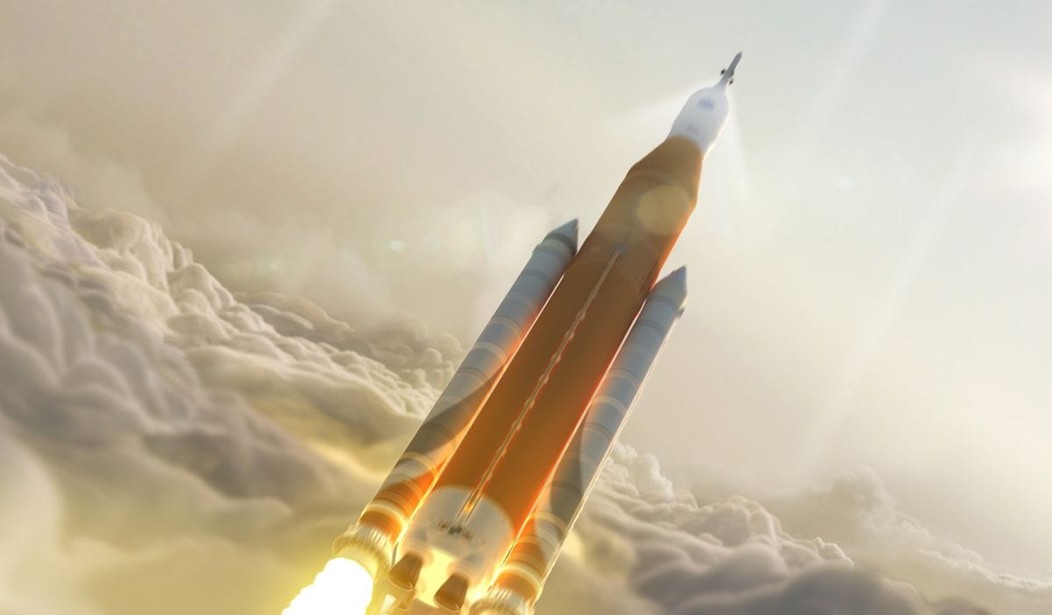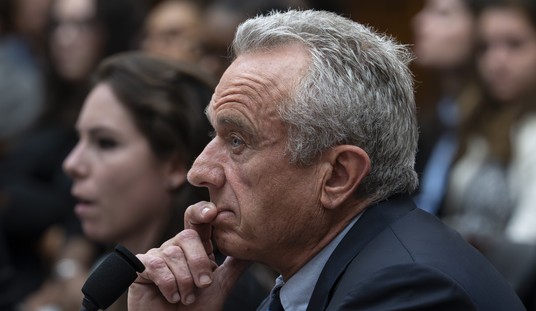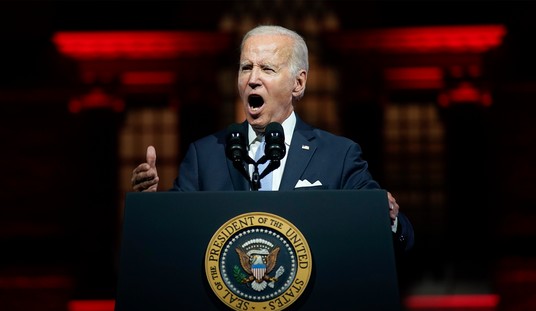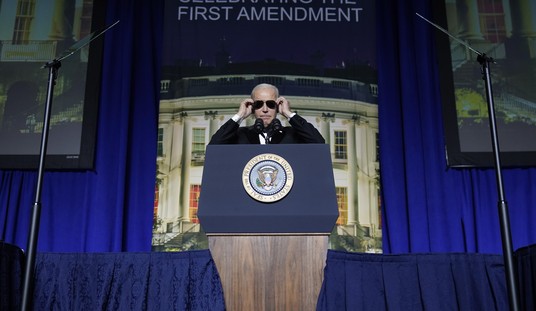The largest flying machine ever built by man won’t make its debut next year as planned. NASA has confirmed its Space Launch System won’t fly until 2019 at the earliest.
The Space Launch System is a massive, heavy lift rocket that will stand 322 feet high and generate an incredible 8.4 million pounds of thrust — 10% more than the Saturn V booster that took us to the moon. It will be capable of lifting 70 tons into near earth orbit.
It will be married to the Orion capsule and a service module being manufactured by the European Space Agency. The whole package has been beset with problems and delays, leading to NASA’s announcement that the maiden voyage of the SLS won’t come until 2019.
NASA’s top human spaceflight official says the maiden flight of the Space Launch System, a behemoth booster designed to loft astronauts on expeditions into deep space, will be delayed from November 2018 until some time in 2019, according to a report published by a U.S. government watchdog Thursday.
The delay is not a surprise to observers who closely track progress on NASA’s next-generation human spaceflight program, which has struggled to keep pace with a target launch date in November 2018.
A missed delivery date for the European-made service module set to power NASA’s Orion crew capsule, snags in the welding of parts of the SLS core stage due to low weld strength, and a tornado that struck a production site in New Orleans were some of the major problems identified in a Government Accountability Office report Thursday.
Read the GAO’s full report here.
Bill Gerstenmaier, head of NASA’s human spaceflight program, agreed with the GAO’s assessment that the space agency should set a more realistic target launch date for Exploration Mission-1, or EM-1, the name of the first combined flight with the Space Launch System and Orion spacecraft.
“We agree with the GAO that maintaining a November 2018 launch readiness date is not in the best interest of the program, and we are in the process of establishing a new target in 2019,” Gerstenmaier wrote in response to the GAO report.
The government watchdog, which also expressed concern over low cost reserves in the SLS, Orion and ground system programs, urged NASA to inform Congress of the new schedule and the delay’s cost during budget deliberations in the coming months.
If NASA waits until after lawmakers write the space agency’s 2018 budget, it “would increase the risk that both NASA and the Congress continue making decisions potentially involving hundreds of millions of taxpayer dollars based on schedules that may no longer be feasible,” the GAO said.
The EM-1 flight profile calls for the Space Launch System to send the Orion capsule on a journey into lunar orbit and back to Earth lasting more than three weeks.
We’ve spent $22 billion on this program since 2006 and NASA has yet to answer a fundamental question: why does the U.S. government have to go back to the moon? What compelling reason is there to go someplace we’ve already been?
To beat China and/or Russia? There isn’t much prestige for a country to claim it was there second. Of course, if you’re a country with an inferiority complex like Russia or China, it will make you feel real good.
So let them spend the $30 billion to get to the moon just so they can feel good about themselves. (There are cheaper ways of getting there but governments have yet to show they’re willing to consider those ideas.)
It should be understood that the U.S. government’s manned space program is welfare for congressmen who represent districts where components of the SLS are being constructed. With the success of Space X, whose manned rocket is awaiting approval from NASA, there will literally be no need for a government-manned spaceflight program.
NASA should continue to do what NASA does best: launch unmanned robot explorers that have already unlocked many of the most compelling secrets of the cosmos. The pure science done by these robots has revolutionized astronomy and the way we look at the universe.
But the best you can say about the SLS is that it has revolutionized ways to waste taxpayer dollars. The delays, design flaws, and bureaucratic SNAFUs that have led to the date of first flight for SLS slipping a year only illustrates why NASA should forget about Buck Rogers and think more about taxpayer bucks.









Join the conversation as a VIP Member